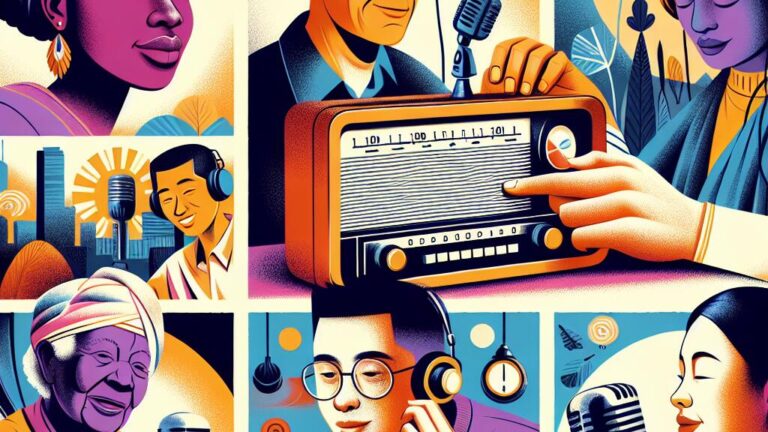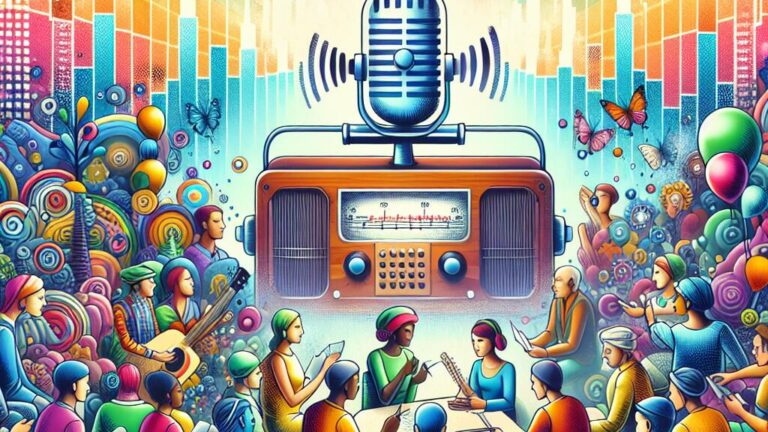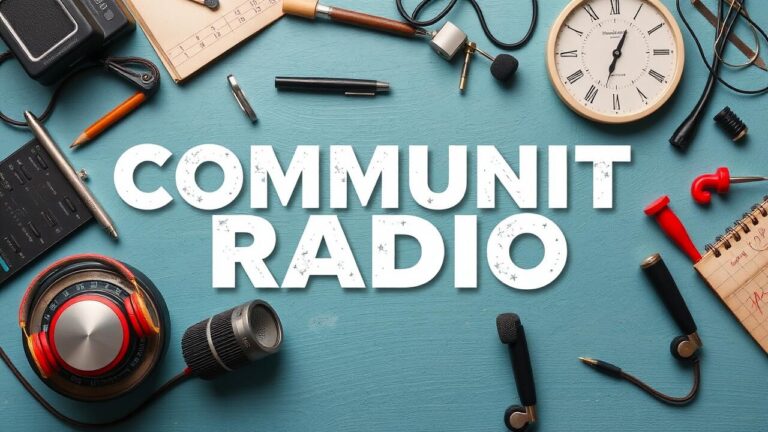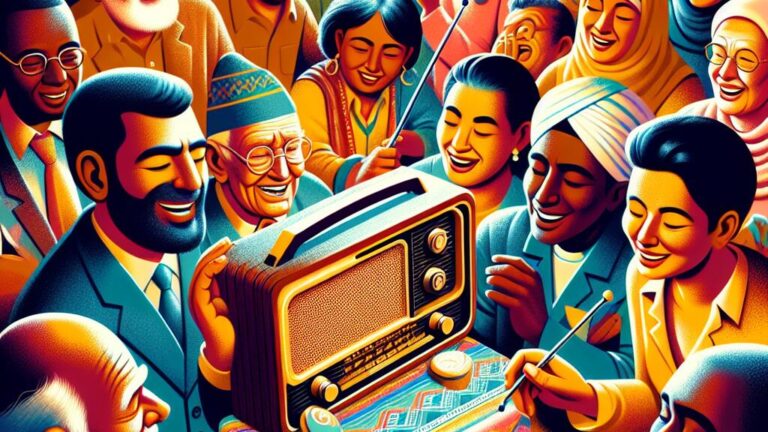How Did the Radio Affect People’s Lives
How Did the Radio Affect People’s Lives
Radio During Times of Crisis
In those critical junctures of history, radio has emerged as a pivotal instrument—a lifeline for swiftly and effectively spreading information. Think about it: when nature unleashes its fury, when nations clash in conflict, or amidst the throes of public health emergencies, this medium steps up to deliver real-time updates and crucial safety alerts to communities far and wide. Picture vast audiences tuning in—especially in those remote corners where other communication methods falter! The urgency with which radio transmits these messages not only enlightens the public but also weaves a tapestry of unity as individuals rally together against adversity.
Emergency broadcasts underscore the necessity of instilling calmness while offering guidance during tumultuous times. The power to channel information from authorities straight to the masses is indispensable for safeguarding lives. In scenarios like raging hurricanes or brutal weather phenomena, radio becomes an essential beacon—dispensing survival strategies, outlining evacuation routes, and sharing vital updates on ever-shifting conditions. It’s no wonder people turn to this trusted medium for comfort amid chaos; it stands resilient as a reliable source of truth during turbulent crises!
Emergency Broadcasts and Public Safety
Throughout the annals of history, radio has emerged as an indispensable lifeline for disseminating urgent information amid crises. It’s that flickering beacon in tumultuous times, delivering immediate updates about natural disasters, public health emergencies, and those unpredictable moments life throws at us. Authorities can swiftly cast their nets wide to reach a vast audience—a swift communication cascade ensuring vital details on evacuations, shelter spots, and safety protocols are conveyed with precision. The power of live broadcasts pulsates through communities like a heartbeat—vital for keeping the public not just informed but also secure.
What makes radio truly remarkable is its accessibility; it triumphs where other technologies falter. Even in the most isolated nooks of our world, when storms rage or emergencies strike and power lines fall silent while internet connections dissolve into thin air—battery-operated radios stand resiliently by. They forge connections that matter desperately during chaotic episodes. This unwavering reliance on radio waves has proven nothing short of invaluable—it mitigates risks and empowers individuals to navigate perilous landscapes with informed decisions when every second counts.
The Influence of Radio on Social Movements
Radio has woven itself into the very fabric of social movements, a silent yet thunderous force echoing through history. Activists, savvy in their understanding of this medium’s vast reach and immediacy, have seized upon its power to broadcast messages far and wide—amplifying cries for justice and rallying support with an urgency that could not be ignored. Think back to defining moments like the Civil Rights Movement or those fervent anti-war protests; radio emerged as a lifeline, pulsating with information that galvanized communities and sparked action.
In this intricate dance of communication, broadcasted speeches soared through airwaves while interviews illuminated hidden struggles—all peppered with call-in programs where marginalized voices finally found their stage. Here lay platforms where stories once silenced erupted forth against mounting injustices.
On the grassroots level, radio served as more than mere transmission; it became a vibrant tool for community engagement—a beacon drawing together kindred spirits united by shared aspirations and hardships. Local stations morphed into bustling hubs brimming with updates, strategy sessions, and resource exchanges—cultivating networks steeped in solidarity. The beauty of radio lies in its accessibility; it nurtured a culture alive with participation—inviting individuals to step into dialogue and propel themselves toward meaningful action amidst the swirling currents of change.
Grassroots Organizing and Awareness
The rise of radio as a dynamic medium utterly revolutionized the way grassroots movements connected and rallied communities. It opened up an inviting channel for spreading vital information about social issues, events, and campaigns—much like a lifeline thrown into turbulent waters. Local stations buzzed with conversations featuring activists, igniting a palpable sense of community urgency around pressing causes. By amplifying the voices of those most affected by social injustice, radio became a powerful catalyst that urged listeners to step into the realm of activism.
Listeners found themselves tuning in not merely for news updates but also for passionate calls to action and organizing efforts that reverberated through their neighborhoods. This vibrant medium transformed into a rallying point—a beacon illuminating pathways toward marches, protests, and spirited community gatherings. As an array of diverse groups harnessed the power of radio for their unique missions, it emerged as an essential tool in sculpting public discourse and weaving solidarity among varied movements. The intimate quality inherent in radio allowed messages to seep deep into hearts and minds, often triggering surges in volunteerism and invigorating community engagement like never before.
| Radio Station | Location | Focus Area | Notable Programs |
|---|---|---|---|
| WBAI | New York, NY | Social Justice | Pacifica Programs |
| KPFK | Los Angeles, CA | Activism and Culture | Uprising Radio |
| WFMU | Jersey City, NJ | Independent Music & Activism | New Jersey’s Best Radio |
| KPFA | Berkeley, CA | Progressive News | Democracy Now! |
Radio and Family Life
The advent of radio in households turned family dynamics and leisure pursuits on their heads. Picture this: families huddled around the glowing box, soaking up a tapestry woven from news flashes, riveting dramas, and enchanting melodies. Each broadcast became a catalyst for spirited discussions about the themes that danced across the airwaves—an opportunity to connect and bond over shared experiences. Parents, with an eye toward values they cherished, often curated selections that shaped their children’s worldviews while introducing them to a kaleidoscope of ideas.
As time marched on, radio nestled itself comfortably into daily life—a steadfast companion in morning routines as breakfast sizzled alongside lively shows; evenings brimmed with entertainment after grueling days. The magic lay in its variety—the ability to flip through genres like pages in a book—inviting exploration of interests both familiar and foreign. These collective listening moments didn’t just fill silence; they wove together threads of connection that transformed radio into more than mere information—it morphed into a cultural cornerstone within countless homes.
Shared Listening Experiences at Home
The rise of radio turned family life on its head, ushering in a new era of communal entertainment that pulled everyone closer together. Picture this: families huddled around the glowing box, eagerly tuning into their favorite shows—a ritual as comforting as it was exhilarating. As captivating tales unfolded through drama, laughter, or soul-stirring melodies, listeners found themselves entwined in shared narratives that sparked connection and camaraderie. Conversations flowed freely as they dissected plots and characters, weaving tighter bonds with each broadcast.
But wait—there’s more! Radio wasn’t just about laughs and tunes; it became an educational powerhouse too. Programs brimming with news flashes, cultural insights, and enlightening discussions burst forth like fireworks in the living room! Kids were suddenly exposed to a world of current events or groundbreaking scientific marvels—not just passive spectators but active participants igniting curiosity that lit up dinner table debates. These moments of collective listening didn’t merely enrich individual viewpoints; they sculpted the very essence of family values and interests—an intricate tapestry woven from shared experiences echoing across generations!
Technological Advances and Radio Evolution
The journey of radio technology has been nothing short of a seismic shift in how audiences engage with audio content. Picture this: the leap from AM (Amplitude Modulation) to FM (Frequency Modulation) wasn’t just a simple upgrade; it was akin to stepping into a vibrant soundscape where music bursts forth with an energy that captivates and enchants. FM’s knack for delivering higher fidelity transformed listening from mere background noise into an immersive experience, wrapping listeners in rich melodies and crisp vocals.
Then came the digital revolution! Enter digital audio broadcasting (DAB), which took clarity to stratospheric heights, unleashing an array of programming options that seemed almost limitless. This wave of innovation didn’t merely enhance auditory pleasure—it carved new pathways for unique formats and niche channels, catapulting listener engagement into uncharted territory.
But wait—let’s not forget about the internet! The emergence of streaming platforms flipped the script entirely; suddenly, your favorite shows and musical gems were just a click away, accessible from any corner of the globe. Traditional radio stations weren’t left behind either—they embraced this digital age by establishing robust online footprints that broadened their reach while catering to eclectic tastes across diverse demographics.
And then there’s podcasting—a veritable tsunami in on-demand audio content! With its rise, listeners found themselves empowered like never before, diving headfirst into curated experiences tailored precisely to their whims and interests. These technological marvels have fundamentally reshaped the radio landscape into a pulsating ecosystem—dynamic, ever-evolving—to meet the insatiable appetites of today’s audience.
From AM to FM and Beyond
The leap from AM to FM radio was nothing short of a seismic shift in the realm of audio broadcasting. Suddenly, FM emerged like a phoenix, delivering sound that was not only crisper but also remarkably free from the pesky interference that had plagued earlier formats. Listeners found themselves enveloped in music and programming with newfound clarity—each note and word resonating more vividly than ever before. This sonic revolution captured the imagination of audiences far and wide, steering their preferences decisively towards FM stations as they sought out richer listening experiences.
But wait! The story doesn’t end there; as technology hurtled forward at breakneck speed, so too did radio adapt its form—a metamorphosis into digital broadcasting and streaming services. Enter high-definition radio: an auditory marvel offering pristine sound quality that seemed almost ethereal! Meanwhile, online platforms burst onto the scene, shattering geographical barriers and allowing listeners to tune in beyond mere traditional frequencies. What followed was a blossoming of niche stations alongside global content—an explosion of diversity fostering an intricate tapestry woven from myriad threads of audio entertainment.
Looking ahead? The horizon for radio gleams with promise—a bright future where innovation dances hand-in-hand with tradition—as it remains an enduring cornerstone for both entertainment seekers and information junkies alike!
- The rise of podcasting as a prominent form of audio content, allowing for on-demand listening.
- The integration of artificial intelligence and personalized playlists tailored to individual tastes.
- The emergence of internet radio stations catering to specific genres and communities.
- The expansion of radio accessibility through smart speakers and mobile apps.
- The commitment to local content amidst global programming, ensuring diverse voices are heard.
- The potential for interactive radio experiences, engaging listeners in real-time.
- Ongoing advancements in audio technology promising even richer soundscapes in the future.
The Future of Radio
The metamorphosis of radio is unfolding in a digital realm that’s anything but static. Streaming services and the rise of podcasting have utterly reshaped how audiences dive into audio experiences. Traditional radio stations, not ones to be left behind, are pivoting with online streaming options while curating on-demand programming that invites listeners to tune in at their convenience. This seismic shift amplifies their outreach while aligning with the ever-evolving tastes of their audience. Sure, the classic formats still resonate with nostalgic echoes, yet it’s clear: new technologies spark innovation and invite interaction like never before.
In this frenetic media landscape—where competition lurks around every corner—radio’s remarkable adaptability stands as a bulwark against obsolescence. The fusion with social media opens up fresh avenues for listener engagement; imagine fans connecting directly with hosts or even shaping content! With technology galloping ahead, radio is gearing up for a hybrid model that intertwines traditional broadcasting’s charm with cutting-edge digital accessibility. As we gaze into the future, it brims over with possibilities: diverse formats and an invigorated role in daily life await just beyond the horizon.
Adapting to Digital Innovations and Streaming Services
The emergence of the internet has utterly transformed how audiences dive into radio content. Enter streaming services—an explosion of options, where listeners can tap into an endless sea of stations and podcasts from every corner of the globe! This seismic shift has democratized traditional broadcasting, opening doors for niche genres to flourish and independent creators to find their voice in a crowded digital landscape. Now, listeners wield unprecedented power to shape their auditory experiences: they choose what to listen to and when, often prioritizing convenience and eclecticism over the dated confines of AM and FM frequencies.
As this audio revolution unfolds, radio isn’t just sitting back; oh no! Many stations are weaving in cutting-edge tech innovations to stay relevant in this fast-paced world. Interactive features pop up like mushrooms after rain, allowing fans to engage with hosts and jump into real-time discussions—the thrill is palpable! Add social media platforms into the mix, and suddenly outreach knows no bounds; a vibrant community blossoms among enthusiasts. This evolution doesn’t merely safeguard the soul of radio—it elevates it! It captivates a fresh generation eager to connect with the rich tapestry that is radio’s enduring legacy.
Conclusion
Oh, the radio! What a fascinating contraption it has been, weaving itself into the very tapestry of public discourse and cultural dynamics since its inception. Picture this: during crises, when chaos reigns supreme and clarity is but a whisper away, there stands radio—an unwavering beacon of communication and community spirit. This remarkable medium doesn’t just transmit sound; it orchestrates shared listening experiences that draw families and friends together like moths to a flame, stitching vital threads into the social fabric we all inhabit.
But wait! Technological advancements have burst forth like fireworks in the night sky, propelling radio into new realms while clinging tenaciously to relevance amid an ever-shifting media landscape. As society plunges headfirst into digital platforms and streaming services galore, our beloved radio morphs yet again—nimbly adapting to quench the thirst of modern audiences craving immediacy and innovation.
And let’s not overlook its resilience! Time after time, through trials that would make lesser mediums falter, radio stands tall—a testament to its enduring power in forging connections between people while dispersing information far and wide. The future? Ah yes! It hinges on how well this timeless titan can meld fresh technologies with those cherished core values: accessibility for all and an unyielding sense of community connection that has forever defined what it truly means to be “on air.”
